Top 12 Interesting Facts about Aaron Burr
If you only know one fact about Aaron Burr during a duel in Weehawken, New Jersey, he shot Alexander Hamilton. The third American vice president, however, is ... read more...much more than that. This post will highlight 12 interesting facts about Aaron Burr that made Burr such a contentious figure in American history since it's easy for it all to be overshadowed by the infamous Burr-Hamilton duel.
-
The Reverend Aaron Burr Sr., a Presbyterian preacher and the second president of the College of New Jersey, which later became Princeton University, gave birth to Aaron Burr Jr. in Newark, New Jersey, in 1756. The daughter of eminent theologian Jonathan Edwards and his wife Sarah, Esther Edwards Burr was his mother. When Burr's father passed away in 1757. Jonathan Edwards, who took over as president after Burr's father, moved in with Burr and his mother in December 1757. When Edwards passed away in March 1758, Burr's mother and grandmother also passed away within the same year.
Burr was an orphan when he was just 2 years old. Timothy Edwards, their maternal uncle, took in the little child and his sister Sally, who was almost 4 at the time. The children resided in Stockbridge, Massachusetts for two years before moving to Elizabethtown, New Jersey, with Edwards. Burr, a bright and early applicant, applied to Princeton (then the College of New Jersey) at the age of barely 11. Although an examiner denied his application, Burr decided to resubmit two years later. Burr, now 13 years old, got admitted this time to the university that his late father had overseen. He received the loving moniker "Little Burr" due to his age, which was four years younger than most of his peers, as well as his tiny stature.
At the age of 13, Burr was accepted to Princeton as a sophomore. There, he joined the college's literary and debating groups, the American Whig Society and the Cliosophic Society. At the age of 16, he earned a Bachelor of Arts in 1772, but he spent one extra year at Princeton studying religion. He then underwent extensive theological instruction with Presbyterian Joseph Bellamy, but after two years, he changed his vocation. He traveled to Connecticut at the age of 19 to attend law school alongside his brother-in-law Tapping Reeve. When word of the battles with British forces at Lexington and Concord reached Litchfield in 1775, Burr decided to put his studies on hold and join the Continental Army.
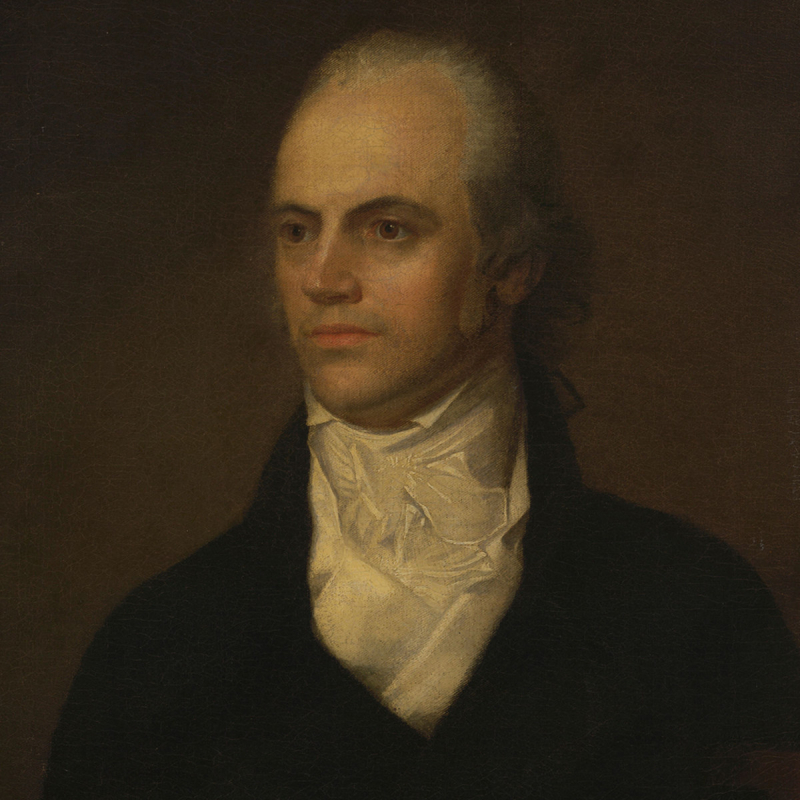
www.mentalfloss.com 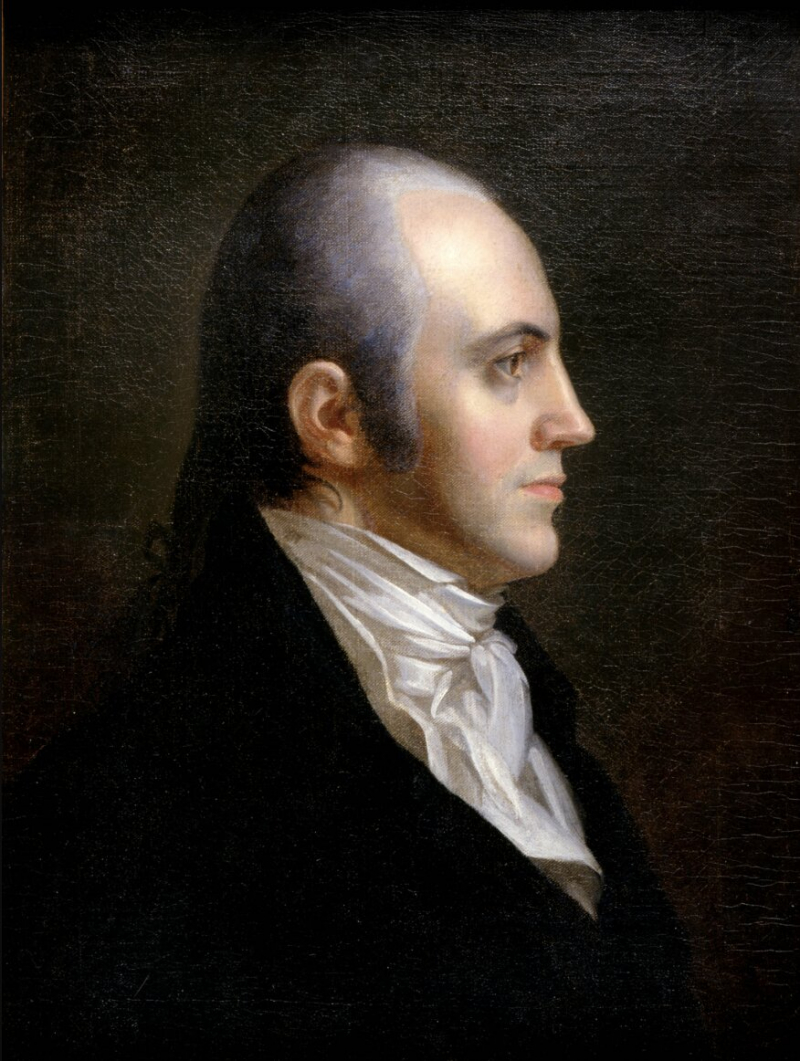
www.mentalfloss.com -
Aaron Burr had eight children in total four biological, two stepsons, and two adoptive sons, which is one of the interesting facts about Aaron Burr. The eighth president of the United States, Martin Van Buren, was allegedly one of their illegitimate offspring. Burr started seeing Mary Emmons, sometimes known as Eugenie, who may have been East Indian, around 1787 or before. He employed her as a domestic during his first marriage. Before arriving in America, Emmons could have traveled from Calcutta to Haiti or Saint-Domingue. Burr had two children with Emmons, and both of them married into important families in Philadelphia's "Free Negro" culture.
Theodosia Burr Alston, Burr's cherished daughter and the only child of his to survive childhood, was lost at sea at the age of 29 when the schooner Patriot suddenly vanished without a trace. Burr lost a piece of his family's past and future all at once since a complete trunk full of family writings was also on the ship. Although there are numerous disturbing ideas about what happened to the Patriot, one of them holds that it was sunk by pirates who forced the remaining passengers to cross the plank. Following the passing of his daughter Theodosia, Burr adopted two boys, Aaron Columbus Burr and Charles Burdett, in the 1810s and 1820s. Charles was born in 1814, whereas Aaron was born in Paris in 1808 and immigrated to the United States about 1815.
Burr's marriage made him the stepfather of his wife's two adolescent kids from her previous union. At the ages of 16 and 14, respectively, John Bartow Prevost and Augustine James Frederick Prevost enlisted with their father in the Royal American Regiment in December 1780. When they came back to the country in 1783 to become citizens, Burr took on the role of a father to them, taking care of their schooling, giving both of them clerkships in his legal department, and frequently traveling with one of them as an assistant. Later, Thomas Jefferson chose John to serve as the first judge of the Louisiana Supreme Court in the Territory of Orleans.
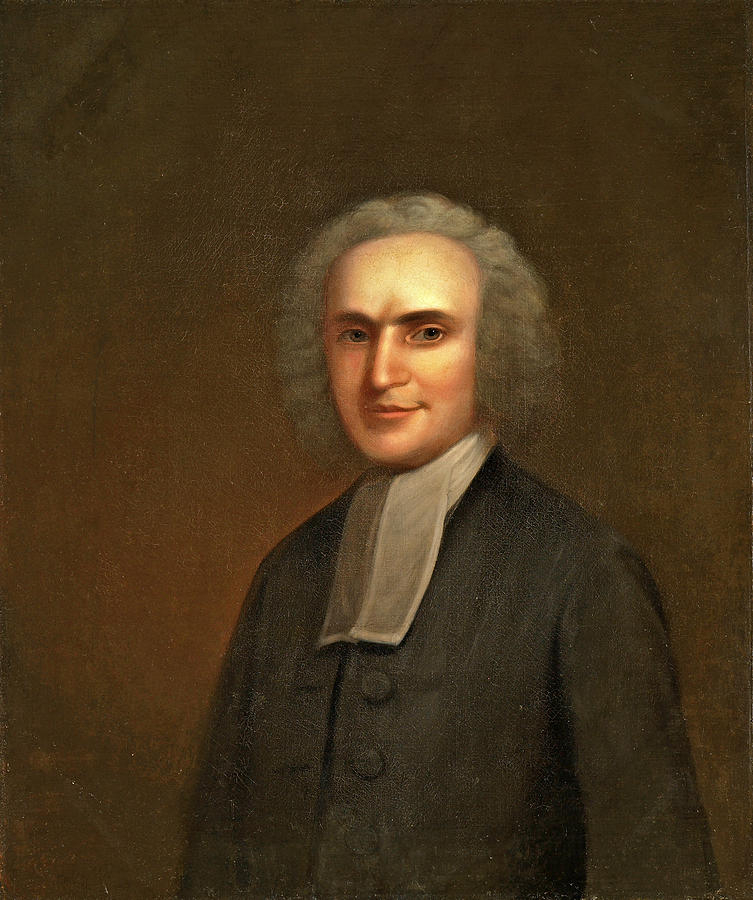
njmonthly.com 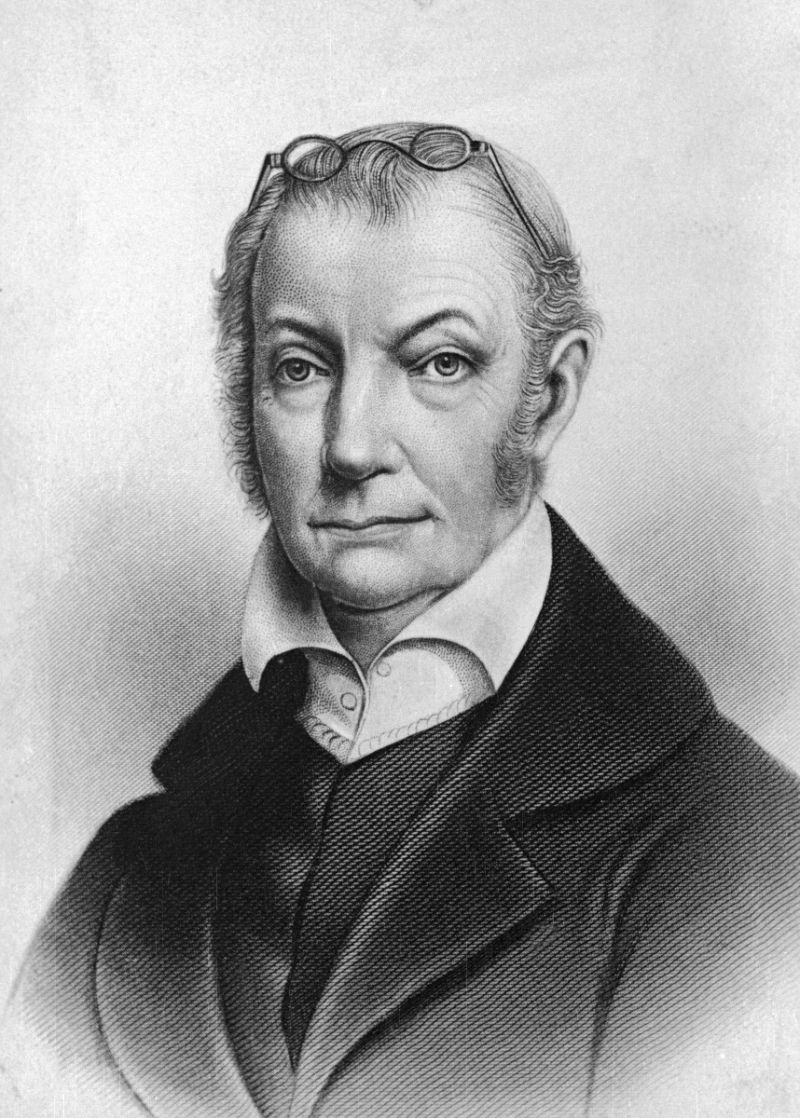
njmonthly.com -
One day, each of these men will understand what it was like to be the most infamous person in America. Colonel Benedict Arnold commanded a group of American troops who traveled from Massachusetts to Quebec City via Maine in 1775. Around 1100 men made the trip in total, Burr included. The impressed colonel remarked to the future vice president as they were traveling, calling him "a young gentleman with much vitality and activity, who has performed with remarkable spirit and resolve on our fatiguing march." A tiresome march, for Arnold, had greatly misjudged the difficulty of the journey, and by the time they arrived at their target, 500 or so of his men had fled, perished, or been captured.
A telegram for General Richard Montgomery, who had conquered Montreal and was his route to Quebec City with his force of 300 soldiers, was delivered to Burr at the end of this northward march. Burr immediately won over Montgomery, who then hired him as his aide-de-camp. However, their working relationship would soon come to an end.
The commander was killed by a cannon burst on December 31, amid a blizzardy winter fight, outside the city. Later, several eyewitnesses said that Burr had unsuccessfully attempted to remove his commander's body from the battlefield, although historians have their concerns about this claim.
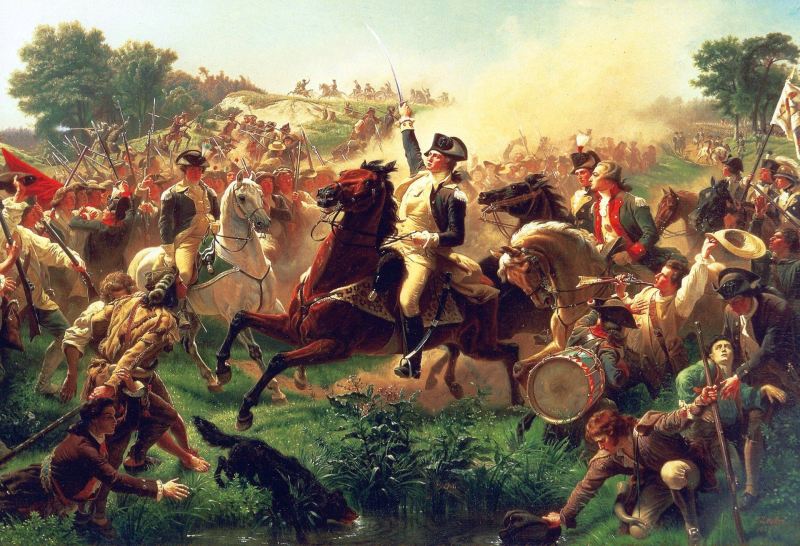
mobile.twitter.com 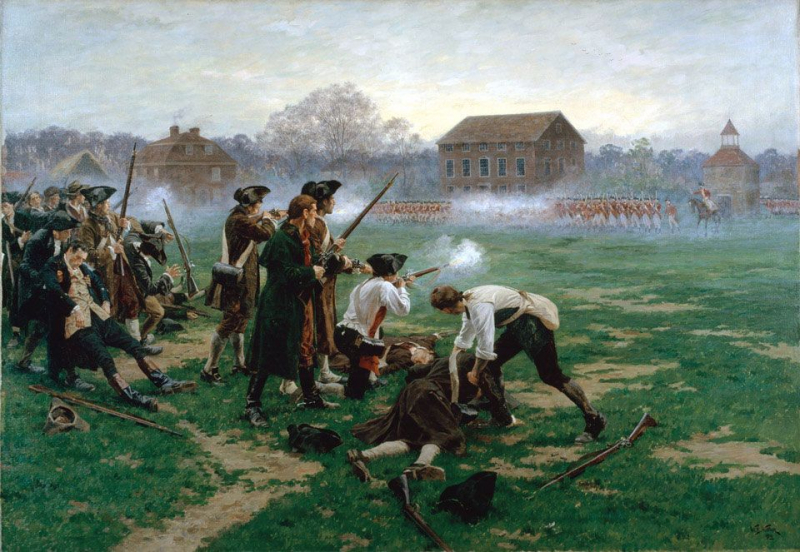
mobile.twitter.com -
After returning from combat in Quebec, Burr was allowed to join Washington's staff in 1776. That June, he saw the general in person accept the post. But Burr wouldn't hold onto it for long, dissatisfied with his role as "a practical clerk," he started longing for a career that would put him in more battle situations. He asked for and was granted a transfer to Major General Israel Putnam's staff within a month. During the Revolutionary War, Burr gained national fame as a hero, yet his general, George Washington, completely overlooked one of his most valiant feats. In 1772, Burr's leadership prevented his whole brigade, including future dueling partner Alexander Hamilton, from being taken by the British. However, for an unknown reason, Washington made no mention of this or offered Burr any kind of prize.
Burr left the military as a lieutenant colonel due to health reasons without ever receiving a single honor from Washington throughout his time in the service, which is one of the interesting facts about Aaron Burr. After then, Burr and Washington's friendship deteriorated. "By all that I have learned and heard, Burr is a courageous and capable officer, but the issue is if he has not equal abilities at intrigue," the Virginian said about his former employee in 1798. Burr once reportedly said in private that "he regarded Washington as a man of no skills and one who could barely spell a phrase in common English," according to John Adams.
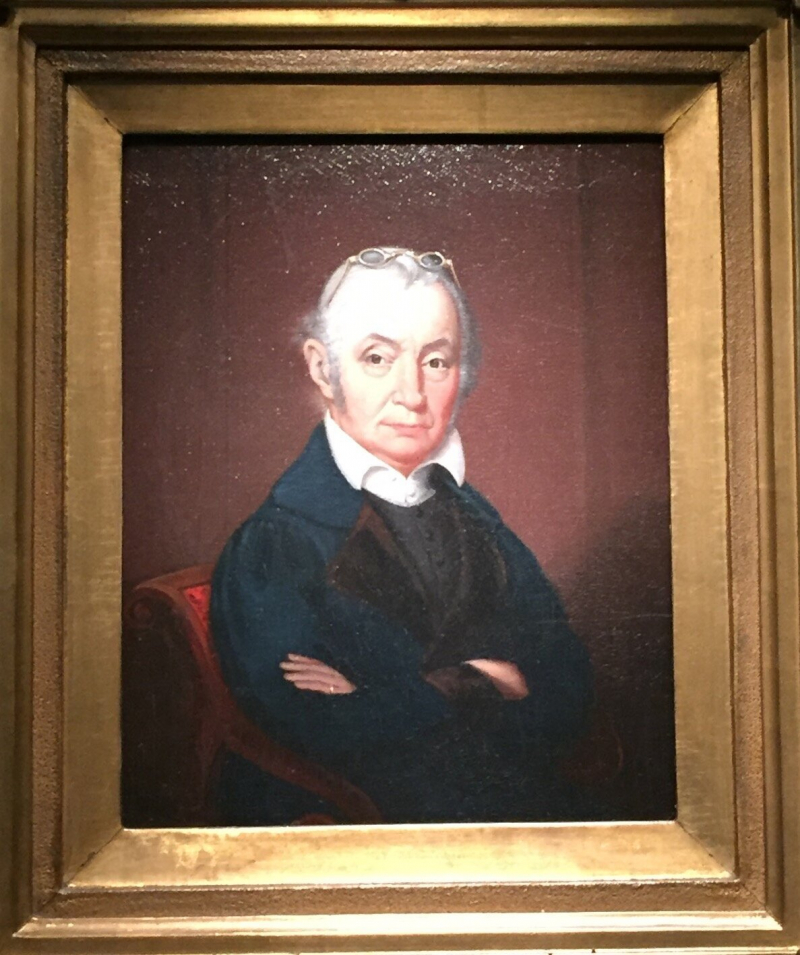
www.biography.com 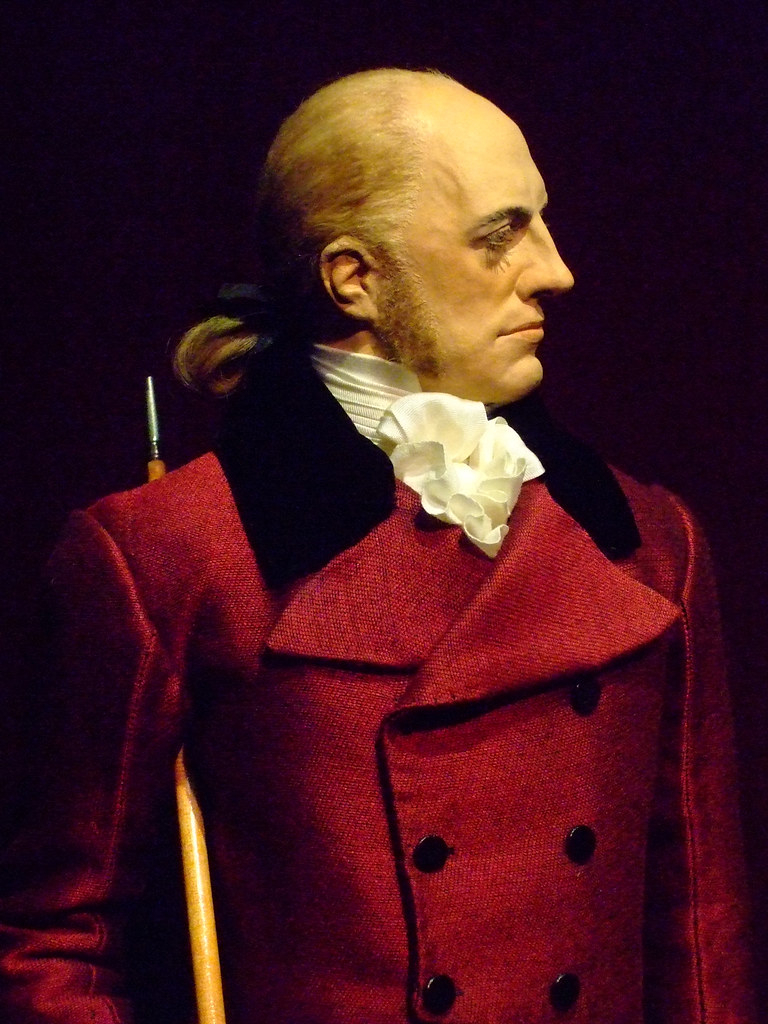
www.biography.com -
Shortly after the war was over, Burr rose to prominence as the most prominent Democratic-Republican in New York City and one of the city's hottest attorneys. His party had a severe disadvantage in the Big Apple for many years. All of the wealthy Federalists who ran the city's banks at the beginning of the 18th century refused to lend money to Democratic-Republicans. Burr thus devised a plan to circumvent this in 1798.
Burr requested a license for what he named The Manhattan Company, a private corporation that would serve New Yorkers with fresh, clean water, from the Federalist-controlled state assembly by taking advantage of a recent yellow fever outbreak. Alexander Hamilton, the Mr. Federalist himself, was one of Burr's most ardent supporters, though he would soon come to regret helping his competitor. Burr received that charter from the legislature in 1799, and it had a provision allowing the Manhattan Company to utilize "surplus money" in any "million dollar transactions or activities not contradictory with the constitution and laws of this state or the United States." One of the interesting facts about Aaron Burr is he converted the Manhattan Company into a Democratic-Republican bank by using this significant loophole.
It seldom ever delivered any water (although to keep the charter, a bank employee would ceremoniously pump water until 1923). Hamilton had been tricked into assisting Burr in ending the Federalist monopoly on banking in the city, along with the whole New York legislature. Since that time, The Manhattan Company has changed into JP Morgan Chase & Co., one of the biggest banks in the world. The pistols used in the fight between Burr and Hamilton are now its property.

revistafal.com 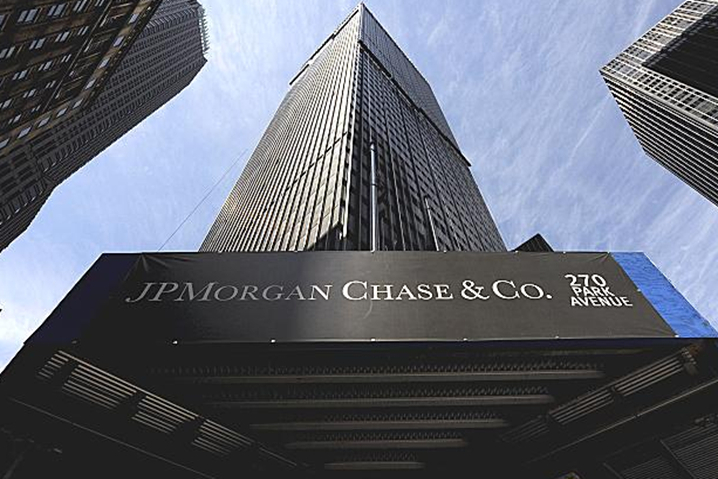
revistafal.com -
Some of the interesting facts about Aaron Burr is he held feminist views, in contrast to the majority of his peers. He wed Theodosia Prevost Bartow, his first wife, on July 2, 1782. They had a lot of interests, including a mutual appreciation for Mary Wollstonecraft, a writer on women's rights. They even displayed her photo on their mantle (in truth). Wollstonecraft, the mother of Frankenstein author Mary Shelley, is best known for her manifesto A Vindication of the Rights of Woman, published in 1792. It fervently claimed that people of both sexes deserve the same fundamental rights and criticized the educational institutions of the time for failing to give women the same chances as men. It is regarded as a watershed text in the history of feminism.
The Burrs admired it: Aaron called Wollstonecraft's article "a piece of brilliance" in 1793. But to his dismay, the material appeared to be mostly disregarded by his colleagues. "I have yet to meet a single individual who had found or would admit the quality of this work. Is this due to ignorance or prejudice?" Burr enquired once. The Burrs made sure their daughter, Theodosia, received a top-notch education the type often given to boys in line with Wollstonecraft's beliefs.
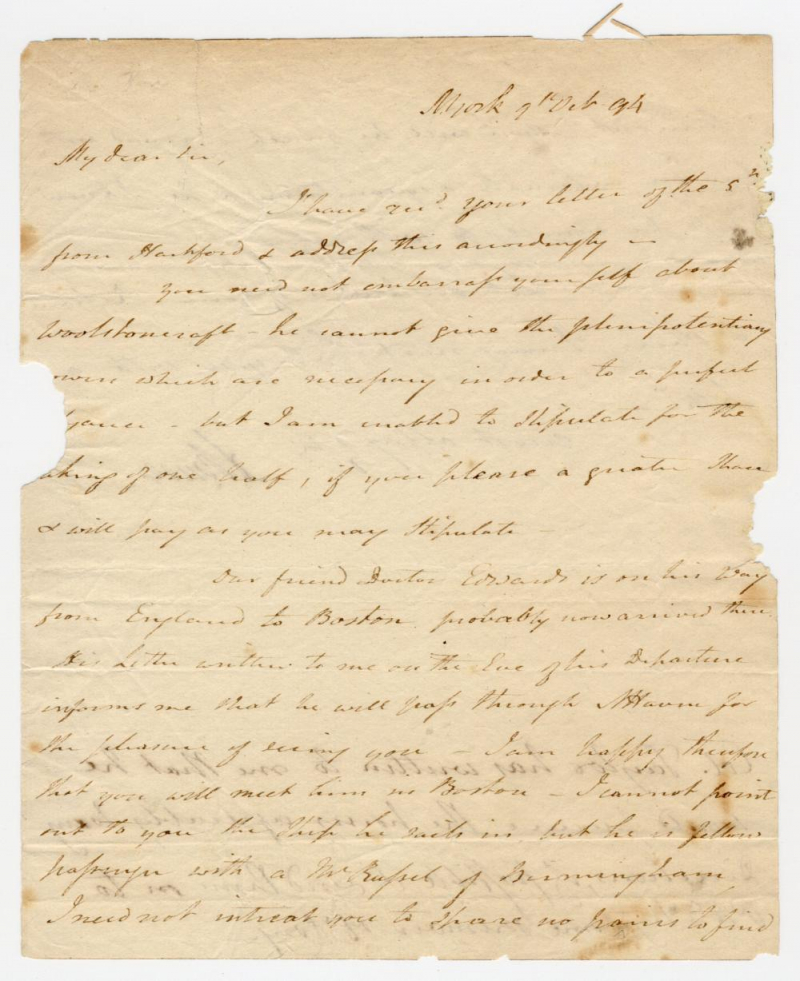
www.ushistory.org 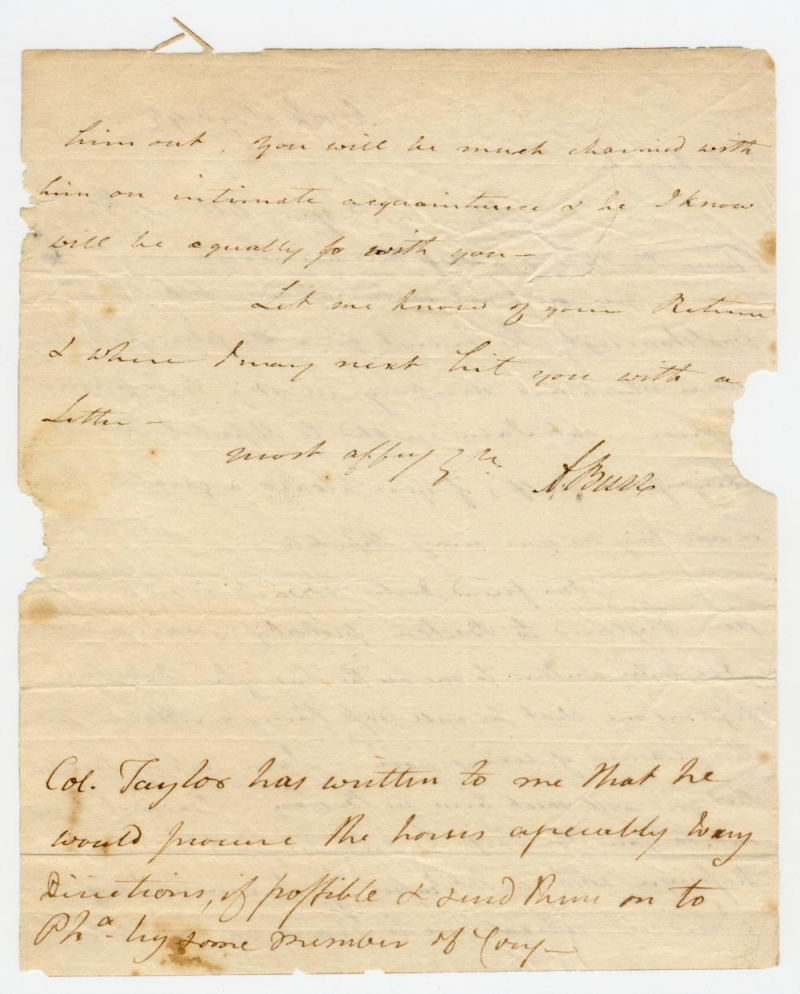
www.ushistory.org -
Burr was supported by the Clinton family and New York Governor George Clinton when he was elected senator for the state of New York in 1791. Senator Burr was instrumental in Tennessee's admittance to the Union five years later, which is one of the interesting facts about Aaron Burr. The future state's citizens asked Governor William Blount to lead a constitutional convention early in 1796 when it was still regarded as a federal territory. The United States Congress was then presented with a draft of the constitution that had been created in Knoxville.
After reading the text, the majority Democratic-Republican House decided to admit Tennessee as a state. Federalists, who controlled the Senate, slowed the process, and a political impasse resulted. Burr rallied the majority of his colleagues to Tennessee's cause while serving as the manager of the bipartisan Senate committee formed to address this issue. In the end, the committee decided to support the territory's application for union membership. Shortly later, Tennessee was granted statehood by the Senate. On June 1, 1796, it was admitted as the 16th state in the union.
Many well-known Tennesseans expressed their thanks to Burr for his deeds. Governor Blount said, "I pronounce certainly that Mr. Burr... may be placed among Tennessee's closest allies." In 1805, when Burr paid a visit to the Volunteer State, Andrew Jackson hosted him as a guest in his home in Nashville. Old Hickory even urged that Burr move to Tennessee, where both men were fairly well-liked and run for politics there at one time.
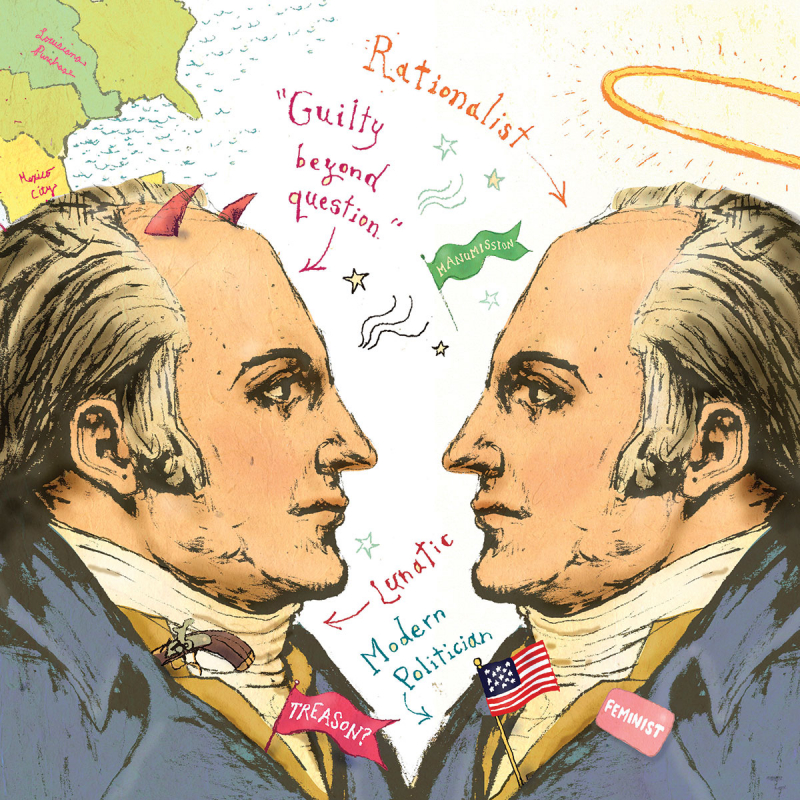
auction.universityarchives.com 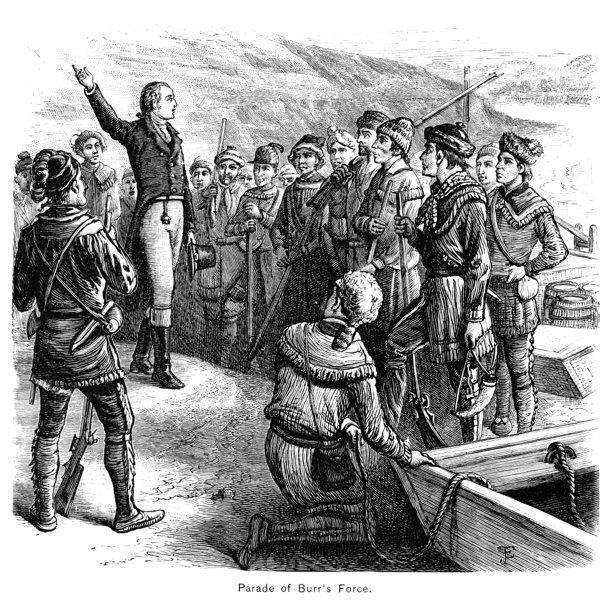
auction.universityarchives.com -
Although Alexander Hamilton's fatal duel with Aaron Burr in 1804 is well known, Hamilton also nearly engaged James Monroe in a fight earlier in the same decade. As a senator from Virginia in 1792, Monroe served on a panel that also included Abraham Venable, a congressman from Virginia, and Frederick Muhlenberg, speaker of the House of Representatives, to look into allegations of financial mismanagement against Alexander Hamilton. To get testimony from the accusers, Muhlenberg's assistant Jacob Clingman and a New York trader named James Reynolds, the committee met with them.
Hamilton told the committee that he was innocent of these accusations and that his financial engagement with Reynolds was only a cover for an affair with Maria, Reynolds' wife. In a later interview, Clingman asserted that Hamilton had hired James Reynolds to fabricate letters suggesting an illicit relationship between Maria and Hamilton. The committee took thorough notes throughout the meeting but decided to keep the details private.
In the summer of 1797, Hamilton and Monroe had a contentious meeting and exchanged letters that nearly led to a duel, but Aaron Burr ultimately calmed the situation down. Hamilton wrote a lengthy essay defending himself in August 1797, outlining his relationship with Maria Reynolds and his conflict with Monroe. Furious, Monroe requested his pals Aaron Burr and John Dawson to bring up the matter again with Hamilton. In January 1798, most likely, Hamilton drafted a letter promising to arrange a date and location for a duel. However, he never sent it, and the two men lost touch.
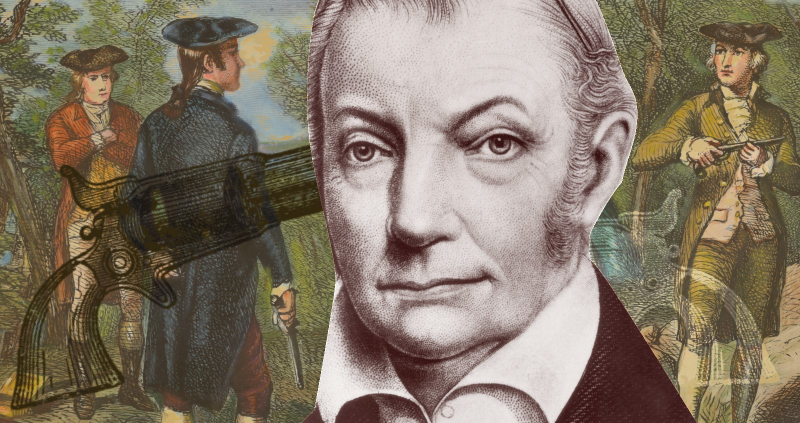
www.ushistory.org 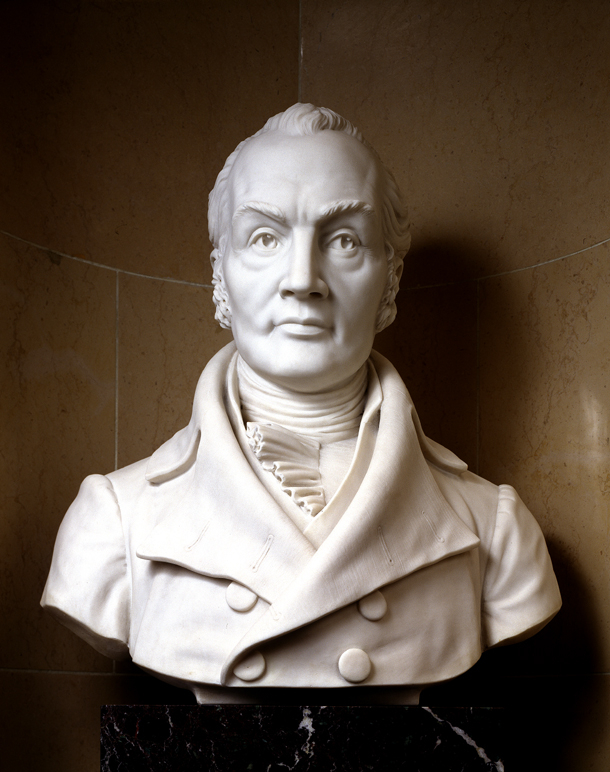
www.theguardian.com -
Aaron Burr "professionalized politics in the United States," to paraphrase Gore Vidal. Simply observe Tammany Hall, which is one of the interesting facts about Aaron Burr. This group was once known as the "Society of Saint Tammany," a non-political social club that drew members from working-class and immigrant backgrounds in New York City. But by the middle of the 19th century, it had evolved into Gotham's most powerful political group, and Burr was the catalyst for the transition.
Burr's goal in the 1800 election was to secure the Democratic-Republican party's 12 electoral votes in New York. He enlisted the Society of Saint Tammany to assist him in doing so. Even though Burr was never a member of the club, he was able to profit from the anti-Federalist views of its immigrant members who despised the John Adams administration and his Alien & Sedition Acts. Volunteers from Tammany ran door-to-door campaigns and collected donations from the community under Burr's direction, making him become one of the most important people in Tammany Hall's history. When Thomas Jefferson and Aaron Burr won New York on their way to obtaining the presidency, their labors paid off.
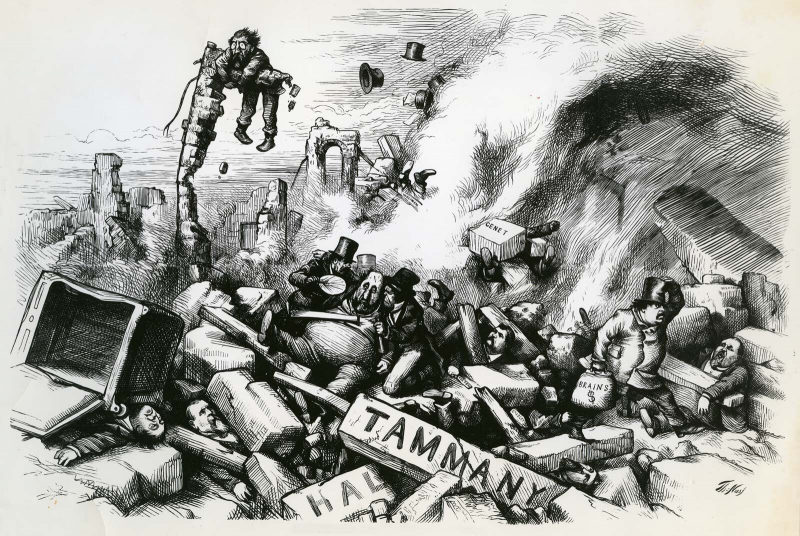
www.britannica.com 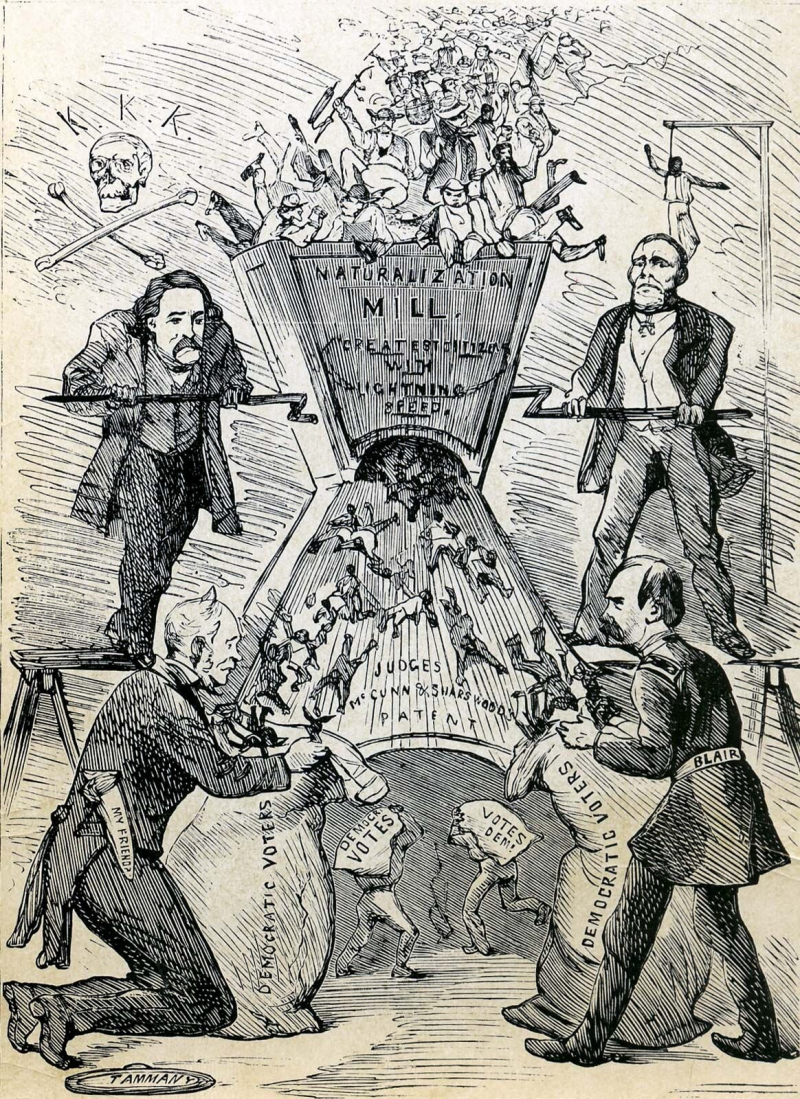
www.britannica.com -
A New York newspaper paraphrased Alexander Hamilton as declaring that he "viewed Mr. Burr to be a dangerous man and one who ought not to be trusted with the reins of government" in opposition to such a move. Additionally, the paper mentioned instances in which Hamilton had spoken an even "more terrible view of Burr." After a few more letters, Burr demanded Hamilton retract or deny making any statements that were damaging to his reputation during the previous 15 years. In response, Burr challenged Hamilton to a duel, or private combat, under the codified dueling laws known as the Code Duello when Hamilton rejected his demand for an apology. In New York, dueling had been declared illegal, and anyone found guilty faced the death penalty. Although it was prohibited in New Jersey as well, the repercussions were milder.
The two met on July 11, 1804, in a rural area of Weehawken, New Jersey. Burr fired to murder whereas Hamilton purposefully fired into the air. The next day, Hamilton passed away in New York City from his injuries. Burr's political career was essentially over when Hamilton died under dubious circumstances. Burr was accused of several offenses, including murder, in both New York and New Jersey, but he was never put on trial there. His daughter and her family lived in South Carolina, where he escaped, but he soon came back to Philadelphia and then to Washington to finish out his tenure as vice president. For a while, he stayed away from New York and New Jersey, but all of the allegations against him were finally withdrawn. Given that Hamilton was shot in New Jersey but passed away in New York, the indictment in the case of New Jersey was dismissed.
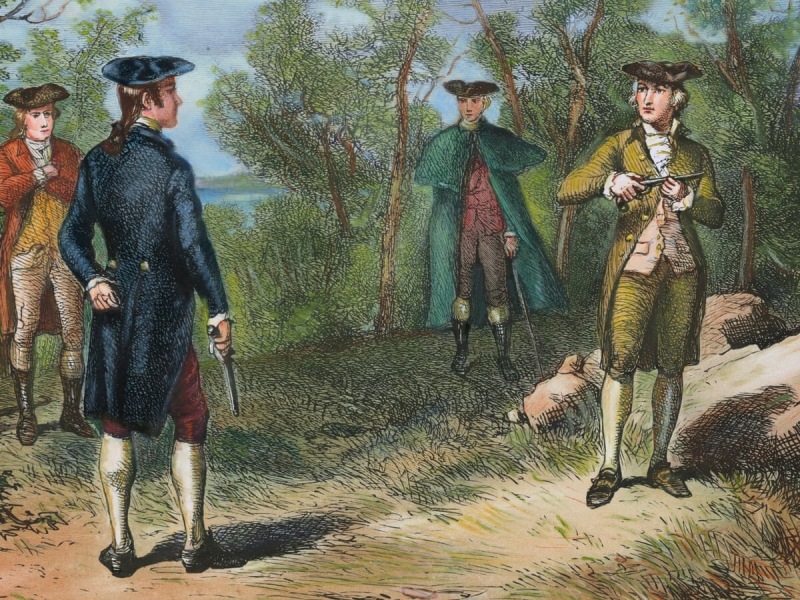
www.smithsonianmag.com 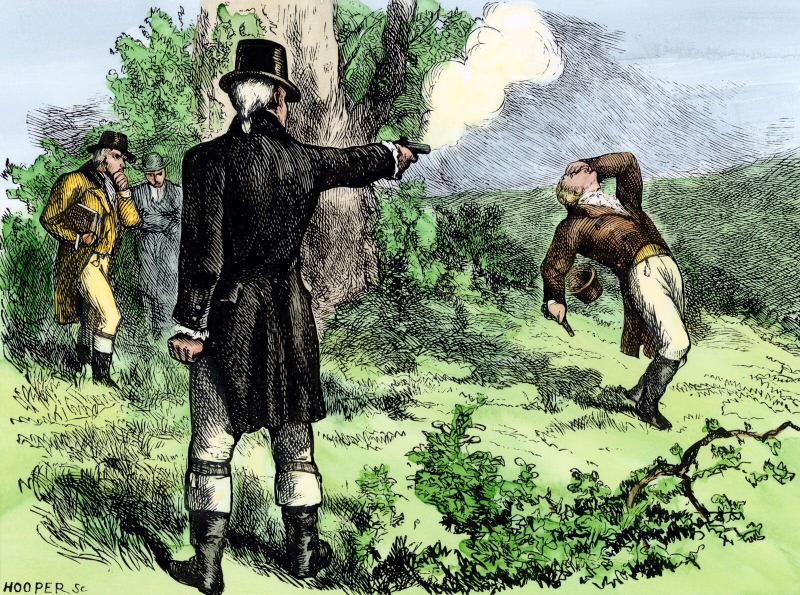
www.smithsonianmag.com -
As their relationship deteriorated over the following several years, President Jefferson refused to back Burr's nomination for a second term in office in 1804. After Jefferson's election, a group of the Federalists who had seen their prospects severely decline tried to recruit Burr into their cause. A New York newspaper paraphrased Alexander Hamilton as declaring that he "viewed Mr. Burr to be a dangerous man and one who ought not to be trusted with the reins of government" in opposition to such a move. Additionally, the paper mentioned instances in which Hamilton had spoken an even "more terrible view of Burr." Burr challenged Hamilton to a duel when Hamilton rejected his demand for an apology.
The two met on July 11, 1804, in a rural area of Weehawken, New Jersey. Burr fired to murder whereas Hamilton purposefully fired into the air. The next day, Hamilton passed away in New York City from his injuries. Burr's political career was essentially over when Hamilton died under dubious circumstances. After serving as vice president, he fled to Virginia and later went to New Orleans to meet with U.S. General James Wilkinson, a Spanish agent. The two may have planned anything, but theories vary from the creation of an independent republic in the American Southwest to the annexation of Spanish American land for the same goal.
Burr led a party of colonists who were well-armed toward New Orleans in the fall of 1806, which prompted an instant inquiry by American officials. To rescue himself, General Wilkinson turned against Burr and dispatched letters to Washington accusing Burr of treason. Burr was detained in Alabama on February 19, 1807, on suspicion of treason, and transported to Richmond, Virginia, where he would face a U.S. circuit court trial. On September 1, 1807, he was declared not guilty of treason because, although conspiring against the United States, he had not committed an "overt act," which is a condition of treason according to the U.S. Constitution. He spent several years in Europe before coming back to New York and continuing his legal career even though the general public viewed him as a traitor, which is one of the interesting facts about Aaron Burr.
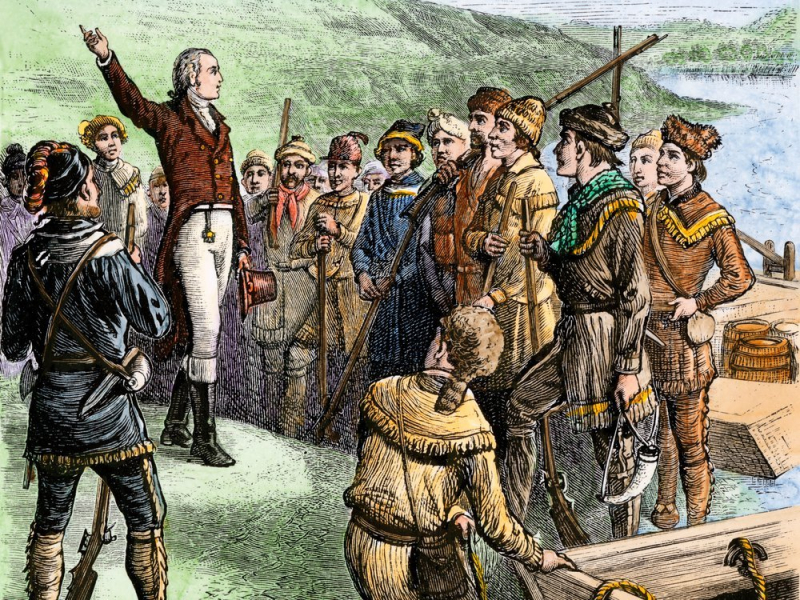
Aaron Burr exhorting his followers at Blennerhassett Island Ohio River 1805 - www.history.com 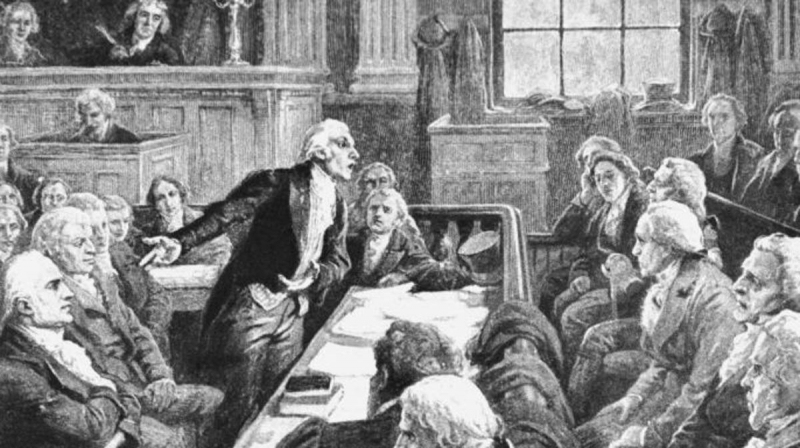
The courtroom during Burr’s treason trial - www.history.com -
Burr pulled a true nasty maneuver when he returned to the US in 1812 following the Burr Conspiracy fiasco and began using his mother's maiden name, Edwards, to evade his numerous creditors. Mr. Adolphus Arnot was the identity he used to board the ship that brought him back to the United States from the UK. Burr lived out the rest of his life in New York in relative serenity, despite financial hardships, until 1833. Burr wed Eliza Jumel, a rich widow 19 years his junior, on July 1st, 1833, when he was 77 years old. They shared a brief residency in the Morris-Jumel Mansion in Manhattan's Washington Heights, which she had purchased with her previous husband. It is presently conserved and accessible to the public after being listed on the National Register of Historic Places.
Jumel divorced Burr after four months of marriage when she learned her wealth was shrinking as a result of his losses from land speculation. In 1834, the same year that Aaron Burr suffered a paralyzing stroke, she selected Alexander Hamilton Jr. as her divorce attorney. On September 14, 1836, the day the divorce was formally finalized, he passed away at Port Richmond, a town on Staten Island, in a boardinghouse that eventually became known as the St. James Hotel. In Princeton, New Jersey, he was laid to rest close to his father.
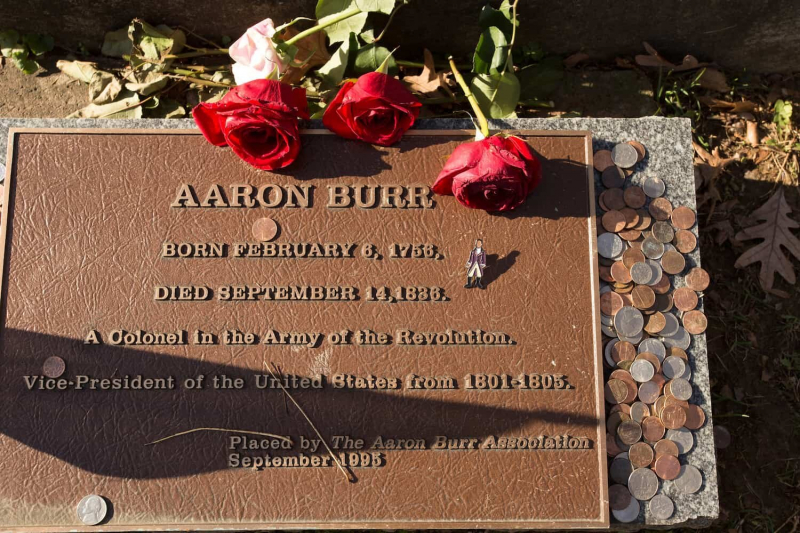
www.theguardian.com 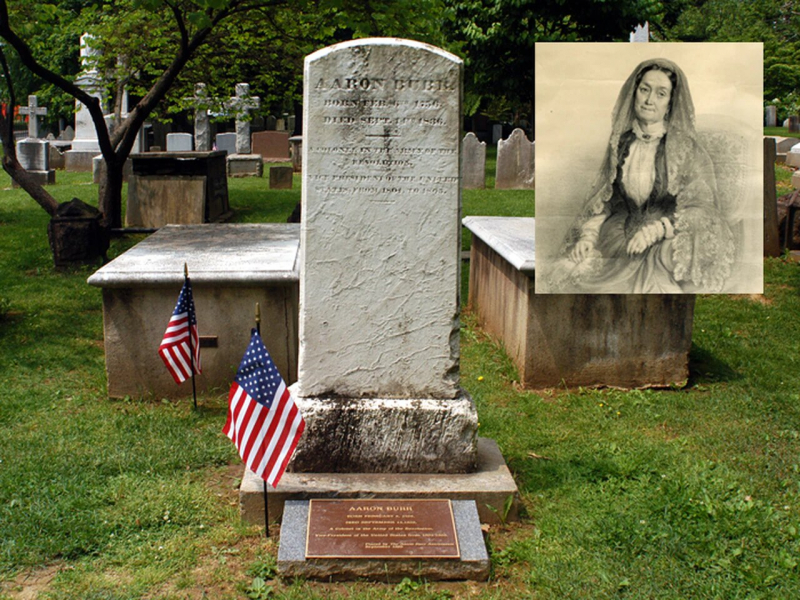
www.theguardian.com

































